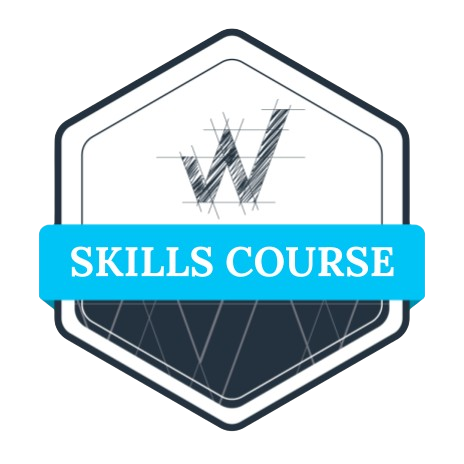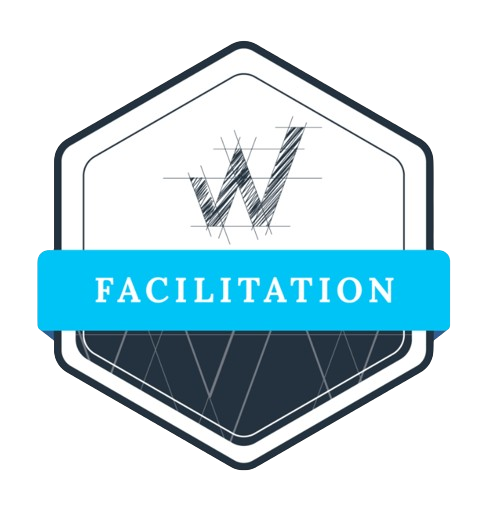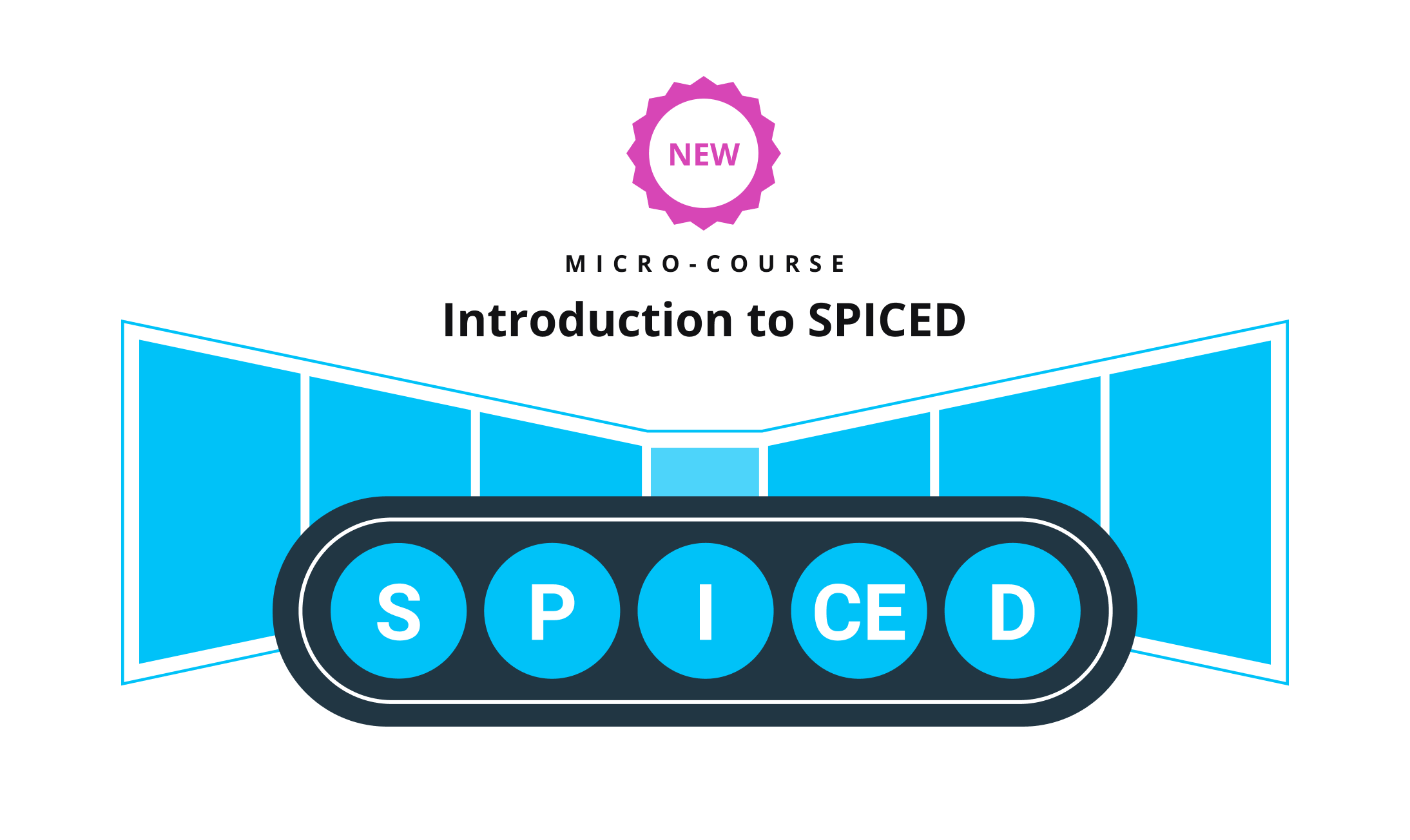Training is the Key to Sales Growth
The Point: In an age where product differentiation is narrow and nuanced, the capabilities and performance of your sales team makes up the rest of your competitive differentiation. Investing in training is not only the fastest way to create value for the buyer, but the compound impact of improving sales team metrics will have the biggest impact on your revenue growth.
The Narrowing Competitive Advantage
The rapid advancement in technology over the last decade and maturity of markets has created an environment where the delta between one technology and another is often very small and comes down to nuances based on use cases, verticals or integrations. There exists however a small percentage of the overall SaaS markets where you are selling a truly innovative solution which you are evangelizing true disruptive innovation. However in both cases the critical element to sales success is not the product differentiation but your ability to effectively communicate HOW your solution solves the buyer’s specific needs best.
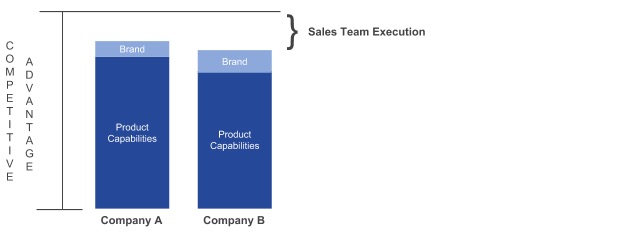
The problem gets even worse by the buyer’s disease Analysis by Paralysis which is a result of mature markets having so many options and solutions that a buyer can literally get paralyzed by the evaluation process most often leading them to stay with the status quo. The ChiefMartec Landscape below so effectively demonstrates the point with it’s eye-numbing mini logos showing the now 7,000 technologies marketers now have to choose from.
The Historic Perspective
Investing in human capital is not a new concept. In fact, the economic theory around human capital dates back to Adam Smith in the 1800’s recognizing that people had an impact on the economy and not just machines and money as previously thought. Later in the mid-twentieth century other economists like Gary Beeker and Jacob Mincer became the leading voices in support for higher education claiming a direct impact between education and income and a productive efficient economy.
This is of course not new in the Sales Profession either. There has been sales training on the core fundamentals for a century and as time went on those methods have been refined and updated to include new strategies and tactics. In the SaaS space, the Strategic Sales method was heavily adopted to deal with the waning influence and time sales professionals had with buyers. Now in present day this influence is possibly at it lowest point in history, but that does not mean salespeople do not have any influence but the bar is certainly higher than ever before.
The Influencing Factors
- Free Information and the easy access to it has decreased buyers need for engagement with sales professionals as noted for years by HBR, McKinsey, Forrester and more.
- Social Validation from sites like G2Crowd, SoftwareAdvice, Facebook, and Quora has given buyers a way to gain first-hand evidence of a solution and feedback not dependent on sales introductions
- Consensus buying adopted by most enterprises today has limited the impact sales professionals can have because according to CEB the average buying group is 5.4 individuals of which sales people rarely have comprehensive access.
- Marketing/Sales Automation has drowned prospects in irrelevant and spammy messages by the hundreds a day making it harder than ever to get awareness with a prospect never mind their attention.
- Cheap Capital has enabled SaaS companies to burn cash throwing technology and people at these problems further adding to the noise buyers must navigate in their purchase journey
These factors along with a new generation of buyers, short tenures and compressed sales cycles have created a uniquely challenging environment for sales professionals as evidenced by the declining response rate, rep productivity metrics and overall sales performance.
3 Ways to Training can make how you sell as important as what you sell
The basics matter more than ever now because your window of exposure is so small and the competitive bar is so high, you have to separate yourself in every email, phone call, demo and interaction. Buyers today are impatient, looking for immediate insight and are allergic to pitching.

At Winning By Design, we believe the best performing companies are those executing “Sales as a Science” which is built on process, empowered by technology and reinforced by training and coaching to create a cultural shift to build top performers and not recruit them.

- Master the basics. Your team must be masters of effective research, relevant emails, compelling discovery and prescriptive demos. These basics need to be taught in detail, practiced regularly, coached purposely and supported by turn by turn directions in documents so they can self-audit day in and day out. Copied below is an example of how to train reps on writing an effective email. What we see with our clients is the field is desperate for explicit instructions and examples of what ‘good’ looks like so they can execute and measure against it.
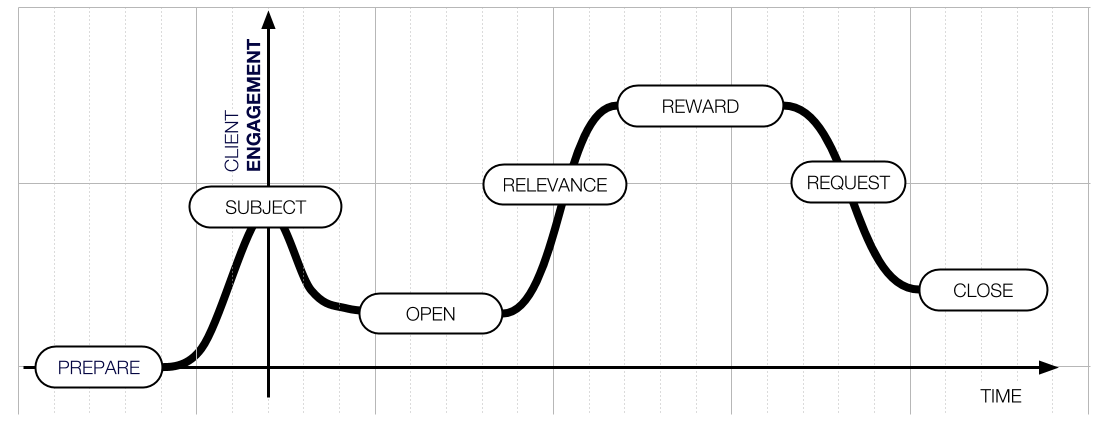
Expert Tip: The knowing/doing gap remains the biggest blindspot for sales organizations. You cannot manage what you don’t measure. A simple exercise is to review one email per rep per week at random and compare against the graphic above, it is always time to refine and polish the execution of the basics.
- Learn your Persona(s) Sales influence is dependent on credibility and relevance. These are only possible if they truly and deeply understand the buyer’s role, pains, challenges and the impact they are looking for. The legacy perspective is that you uncover this in discovery. We would agree that effective discovery plays a critical role, but in the modern market you have to earn the right to get a discovery and therefore you need to know as much about your buyers reality in advance to learn the opportunity to do discovery by proving you can actually add any insight during a discussion.
What we have seen working with hundreds of SaaS companies is this isa common weakness in the field. From BDR to SDR to Sales Engineering and Sales Executives, the level of understanding of their core buyer is superficial at best. So the examples they give are off base, they focus time on areas and features that don’t matter and don’t know how to ask the right questions in discovery that get to the heart of the problem and gain the details of what matters to the buyer.
Expert Tip – Bring a recent customer in to speak with the sales team to share a day in the life of their job and then to walk through the buying process, what they went through, who was involved internally and externally and why they chose you. You will be surprised at how valuable this exercise can be in helping the field start seeing through the buyers eyes and speaking their language.
- Measure what Matters, then Prescribe. In order for your personal training and coaching to have true impact you must weekly measure the metrics that matter and build your 1:1s and individual development plans around the specific need at that time. Copied below is the WBD REKS framework to help managers structure their interaction with their team to drive results and support continued improvement.
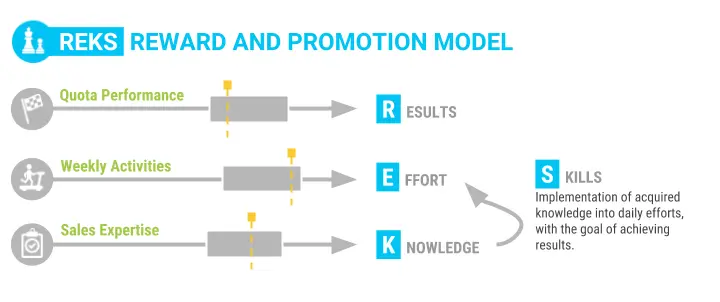
Expert Tip – Less is more when it comes to development. It is easy to give a laundry list of things to work on especially for new or inexperienced staff, but discipline yourself to focus on 1 top objective per week and stay with it until it is mastered. You will find this focus and consistency will drive greater results without the distraction of too many issues. Also make sure the metrics, the assessment and the training plan is documented to show performance and improvement over time.
Sales is a Science but in order to arm your reps and leaders for success you need to adopt a science-based approach to your entire GTM model which includes how to train your team. It begins by ensuring your team has mastered the core basics of sales to stand out from the noise of the crowd and execute at the highest level. Then focus on a deeper understanding of the buyer in order to share relevant and insightful support throughout their evaluation. Lastly ensure that training and coaching is an ongoing exercise both corporately and individually to drive improved performance overtime. The power of compound improvement over the key metrics is where the real performance gains come from. If your team masters these three elements you will see instant improvements as well as accelerating growth over time.
If you would like our help adopting a science-based GTM strategy (like these companies did) or learn more about the Science of Sales method, visit Winning by Design Research or connect with me directly on LinkedIn.
